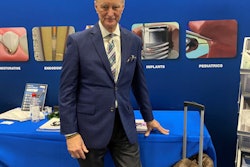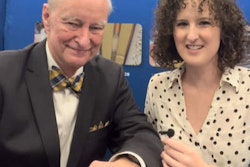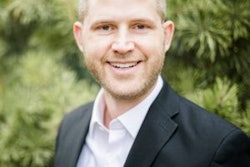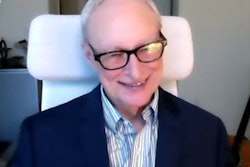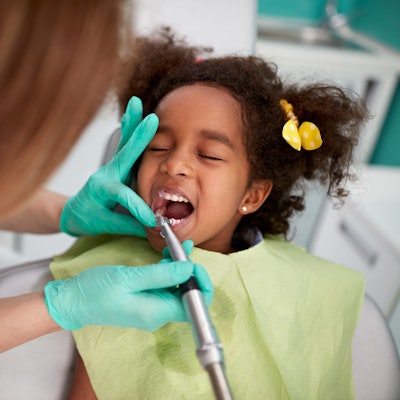
As the COVID-19 pandemic has affected people across nearly all aspects of day-to-day living, one of the most notable consequences has been in the approach to healthcare needs. Many families only visited the dentist when absolutely necessary, skipping preventive and routine treatments, which serve as a pillar in maintaining and ensuring a child's oral health.
The primary reason cited for skipping dental visits is fear of being exposed to the virus. However, a delay in taking a child in for preventative dental care can cause bigger issues that need to be addressed later.
To get children and families back into the dental chair, it is important to make sure clinicians have the most effective strategies to generate a positive association with dental visits while encouraging proper dental hygiene maintenance.
Conveying the urgency of pediatric dental care
 Dr. Samuel Low.
Dr. Samuel Low.Education is one piece of the effort to get parents to bring kids back to the dentist. For example, one study showed that only 33% of parents took extra efforts to maintain their child's oral hygiene during the pandemic. However, 61% of parents surveyed said they needed to obtain pediatric dental treatment but were unwilling or unable to receive it. Further, just 45% made changes in their child's diet to prevent tooth decay.
Furthermore, a Journal of the American Dental Association study showed 20% of children need restorative treatment by the time of their first dental exam, with the risk increasing each year the child delays seeing a dentist.
As COVID-19 continues to affect decisions about healthcare, the need to increase awareness among parents regarding the importance of maintaining their child's oral health is urgent.
Can offering laser treatment encourage checkups?
In addition to getting the word out to parents about the importance of taking children to see a dentist, other solutions can help mitigate the potential damage done by delaying checkups. One such solution is to urge families to consider a practice that uses dental lasers to manage their pediatric patient family.
Dental lasers provide multiple benefits to help make it easier for parents to bring their children back to the dentist to get the necessary care after detecting issues early and preventing problems from worsening.
By decreasing the total reliance on local anesthesia for caries control, all-tissue lasers offer dental practices the ability to see and treat more patients each day. Moreover, dental laser technology can help attract new patients, as it can convey a sense of high-tech, high-quality, and virtually discomfort-free treatment.
Particularly in this new COVID-19 era, dental offices can utilize lasers to perform multiple procedures in one visit. This results in a streamlined process for patients. Minimizing the need for follow-up visits is also especially attractive to patients.
Dental practices can market the use of lasers to parents, as this technology provides an expedited process resulting in a significant decrease in chair time. It is important to note that research proves that dental practices present a very low risk of infection. However, the ADA recommends reducing aerosol production as much as possible to help prevent COVID-19 transmission.
By adopting dental laser technology -- and educating parents and their children about the benefits of dental lasers -- practitioners can help them overcome a significant roadblock to sound oral care by decreasing the fear and anxiety that can be associated with dental procedures.
Dr. Samuel Low was named vice president, dental and clinical affairs, and chief dental officer of Biolase in October 2016. Low is a professor emeritus at the University of Florida College of Dentistry and associate faculty member of the Pankey Institute. He has 30 years of private practice experience in periodontics, lasers, and implant placement. He is also a diplomate of the American Board of Periodontology and past president of the American Academy of Periodontology.
The comments and observations expressed herein do not necessarily reflect the opinions of DrBicuspid.com, nor should they be construed as an endorsement or admonishment of any particular idea, vendor, or organization.




